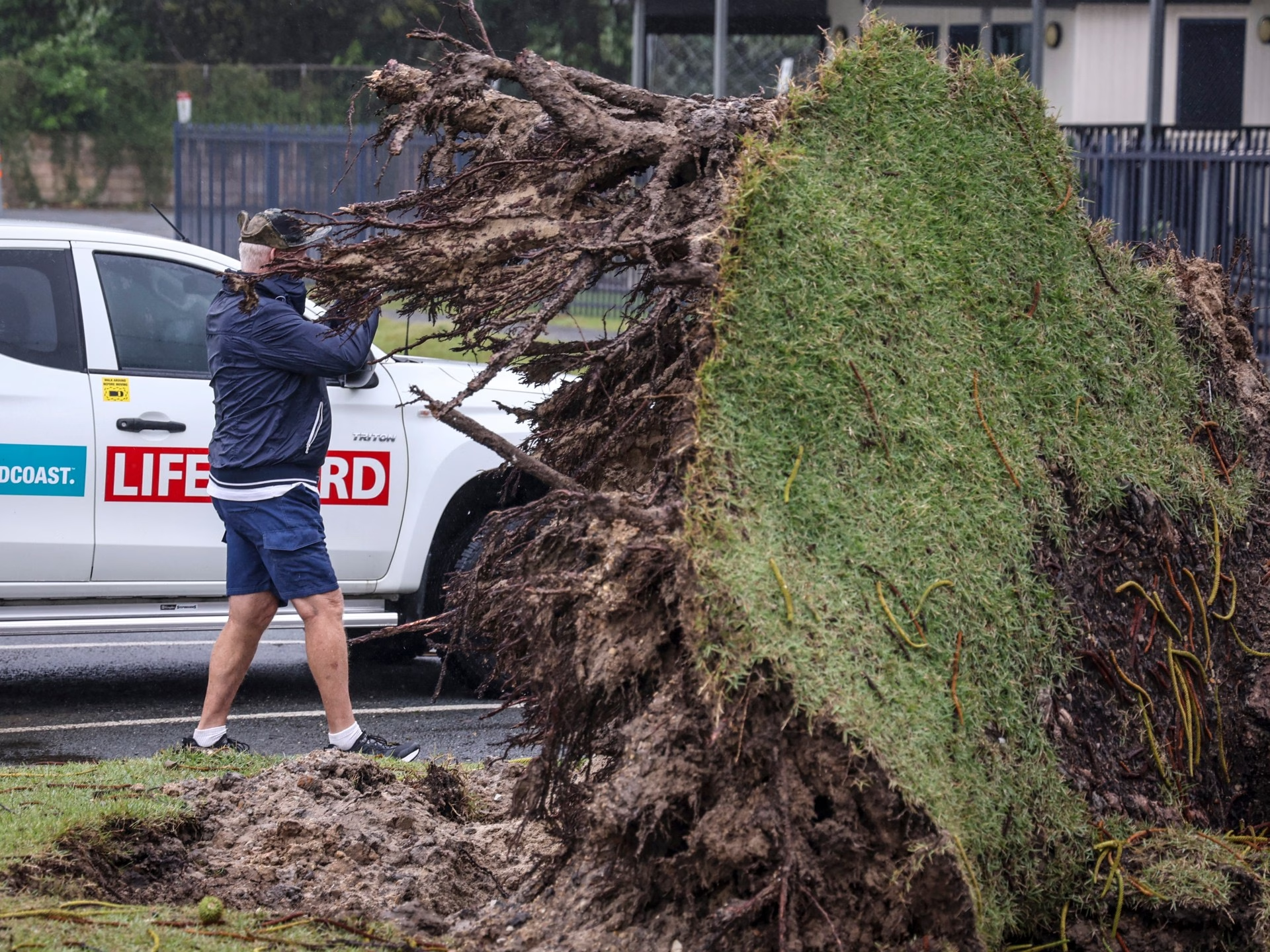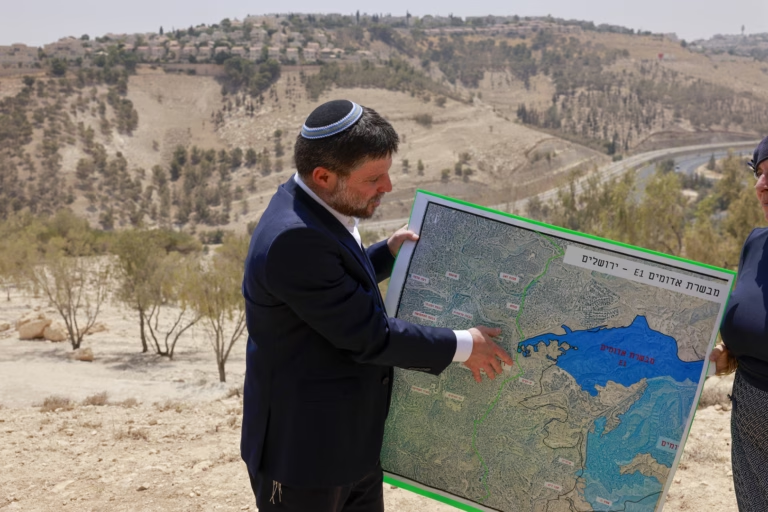Residents urged to remain vigilant as ex-cyclone Alfred leaves over 330,000 homes and businesses without power.
The cyclone, which weakened early Saturday, moved towards the mainland after crossing Queensland state’s coastal islands, according to the Bureau of Meteorology.
“Heavy-to-locally intense rainfall leading to flash and riverine flooding is now the major concern as ex-Tropical Cyclone Alfred moves inland,” Bureau of Meteorology manager Matt Collopy stated.
Alfred has cut power to more than a quarter million homes and businesses and has prompted evacuations for thousands. While no deaths have been reported, authorities have advised residents to stay indoors.

“The impacts are already being felt, with more expected in the coming hours,” Prime Minister Anthony Albanese stated during a conference from the National Situation Room in Canberra.
Note: It had been expected to be the first cyclone to cross the east Australian coast near Brisbane since 1974.
Cyclones are common in Queensland’s tropical north but rare in the state’s temperate southeast that borders New South Wales.
Power Outages
Brisbane Airport is closed and public transport service is halted. More than 1,000 schools in southeast Queensland and 280 in northern New South Wales (NSW) have been closed.
Over 330,000 homes and businesses lost power on both sides of the NSW-Queensland border, with a significant number in the Gold Coast, which experienced the strongest gusts of 107km/h (66mph) on Friday night.
291,000 premises were without power in Queensland, including 131,000 in the Gold Coast, while another 45,000 were without power in New South Wales.

Power lines, homes, and cars were damaged by falling trees across the region on Friday night.
A man is still missing after his vehicle was swept off a bridge into a swollen river in northern NSW the previous day.
While Cyclone Alfred has downgraded, serious risks remain, and it’s important for people not to be complacent, PM Albanese emphasized.






